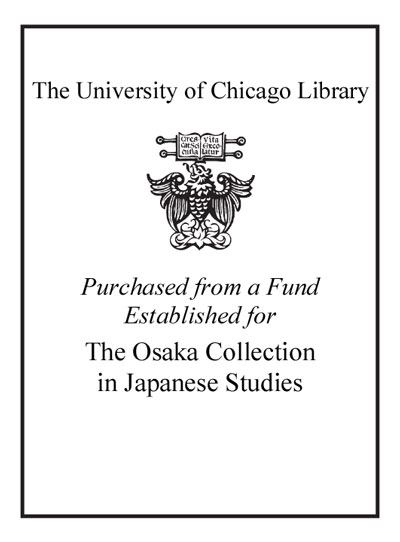Japanese gardens and landscapes, 1650-1950 /
Saved in:
| Author / Creator: | Kuitert, Wybe, author. |
|---|---|
| Imprint: | Philadelphia : University of Pennsylvania Press, [2016] ©2016 |
| Description: | ix, 372 pages : illustrations (chiefly color), maps (chiefly color) ; 23 x 27 cm. |
| Language: | English |
| Series: | Penn studies in landscape architecture Penn studies in landscape architecture. |
| Subject: | |
| Format: | Print Book |
| URL for this record: | http://pi.lib.uchicago.edu/1001/cat/bib/11358083 |
Table of Contents:
- Landscape enjoyed at ease
- Garden stuff and blueprints for the masses
- Time and space in a cup of tea
- Defining the Japanese garden: science, vacuum, and confusion
- Passion and emotion in the Meiji landscape
- Reforming the tradition
- Everybody's landscape
- Epilogue: the cricket cage
- Notes
- Bibliography
- General index
- Index of plants
- Acknowledgments.


